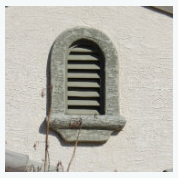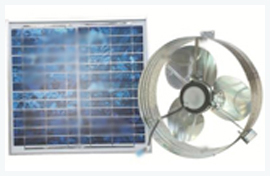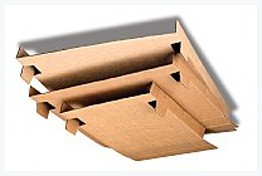 Attic Ventilation
Attic Ventilation
Attic ventilation is an important element in your homes efficiency and comfort. Well designed passive ventilation is the best solution to shed the summer heat which builds inside your attic. Using a combination of upper and lower ventilation a natural convection will move the heat out of your attic. As hot air rises it will escape through the upper vents and draw in the cooler outside air. Roof vents, gable vents, soffit vents, bird blocks, ridge vent, and turbines are all passive vents. Most homes built after 1995 have sufficient passive ventilation, modern code requires specific calculations.
 Solar Powered Ventilation
Solar Powered Ventilation
EcoSystems no longer provides solar powered fans to homes. Solar fans and electric fans should not be used because they dramatically drop the attic’s air pressure. This results in pulling air conditioned air from within the livable space through openings such as bathroom fans or holes drilled in the walls for electrical and plumbing. No fan should be used in homes containing evaporative coolers with up-ducts.
 Baffles and Soffit Vents
Baffles and Soffit Vents
Soffit vents, sometimes called bird-blocks, are generally the blocks with small screened blocks located under the eaves of the house. These blocks are the standard way to provide lower ventilation in most homes. These blocks are protected by cardboard baffles to keep insulation from blocking air flow though the holes.
Risk / Reward
While attic ventilation is very important, so is a roof that doesn’t leak. An adequate layer of insulation is far more important than attic ventilation. If you have some ventilation you must consider if it is worth adding the additional penetrations in your roofs membrane. Call EcoSystems and we can help you weigh your options.



